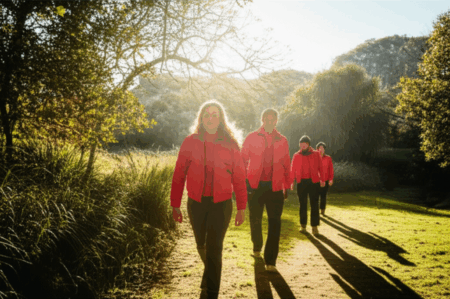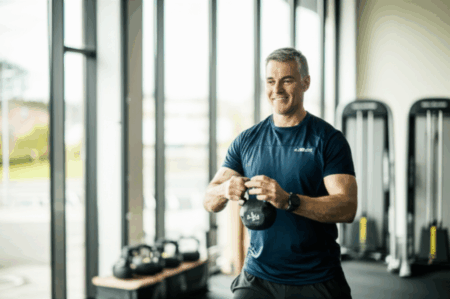In the ever-evolving landscape of online fitness, viral trends promise quick fixes and dramatic results, often met with a healthy dose of skepticism. From extreme challenges to quirky dance routines, it’s easy to scroll past them, dismissing them as fleeting fads. But what if one of these seemingly simple trends could genuinely impact your body and mind in profound ways? This was the question I pondered before committing to the “12-3-30 workout” for an entire month, a routine that exploded on TikTok, championed by influencer Lauren Giraldo for its simplicity and effectiveness. My journey proved that sometimes, the simplest approaches yield the most surprising transformations.
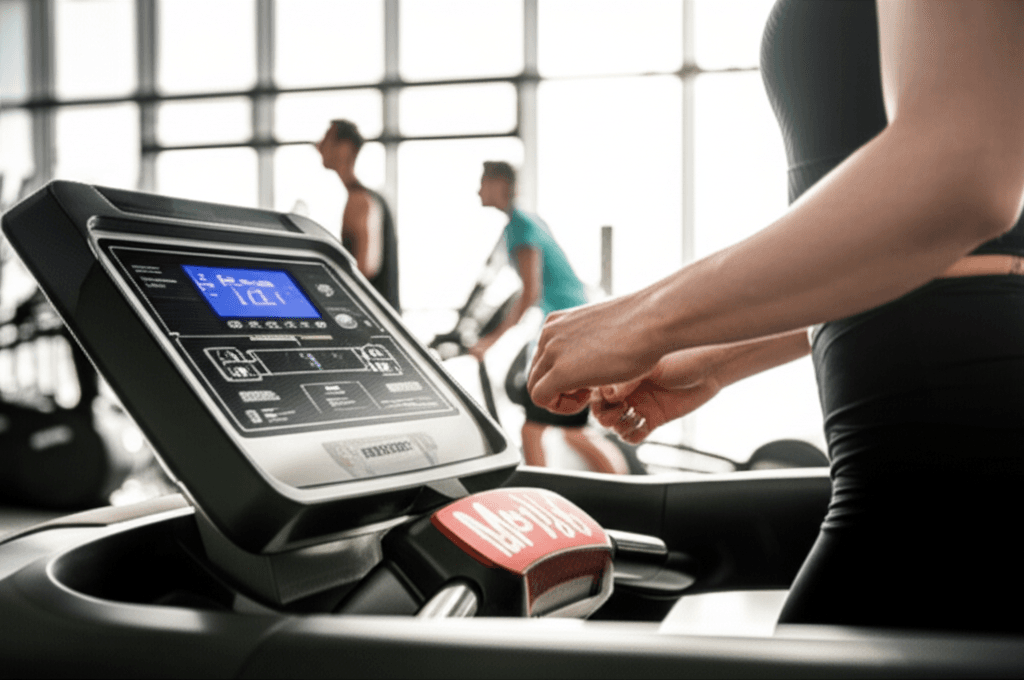
Deconstructing the Viral Sensation: What is the 12-3-30 Workout?
The premise of the 12-3-30 workout is disarmingly straightforward, making it highly accessible to fitness enthusiasts of all levels. It involves three key treadmill settings:
- 12% Incline: The treadmill is set to a steep 12% gradient. This is the most challenging aspect, simulating a constant uphill climb.
- 3 Miles Per Hour (mph) Speed: You walk at a steady 3 mph. This is a brisk walking pace, not a run, which makes it low-impact and gentler on the joints compared to running. For those in the UK, this translates to roughly 4.8 kmph.
- 30 Minutes Duration: The goal is to maintain these settings for a continuous 30 minutes.
Popularized by Lauren Giraldo, who shared her success story of losing 30 pounds and overcoming gym intimidation, the 12-3-30 workout rapidly gained traction on TikTok, with the hashtag #12330workout accumulating hundreds of millions of views. Its appeal lies in its simplicity and the promise of a challenging yet doable cardio session.

Why I Decided to Take the 12-3-30 Challenge
My motivation stemmed from a desire to break out of a fitness rut. While I regularly engaged in various forms of exercise, I found myself increasingly craving a consistent, low-impact routine that could still deliver tangible results without the burnout often associated with high-intensity workouts. The idea of a simple, effective treadmill workout that didn’t involve running, yet promised significant cardiovascular benefits and muscle engagement, was incredibly appealing. I also harbored a healthy skepticism about viral trends, so putting this one to the test felt like an intriguing experiment.

The First Days: Sweating, Soreness, and Self-Doubt
My initial sessions were a rude awakening. Despite considering myself moderately fit, that 12% incline at 3 mph felt like scaling a small mountain. My calves screamed, my glutes burned, and sweat poured off me in a way I hadn’t anticipated for “just walking.” The first few days were marked by significant muscle soreness, particularly in my posterior chain—glutes, hamstrings, calves, and lower back. It wasn’t “easy” by any stretch, but the straightforward nature of the workout meant I could simply put on a podcast or watch a show, making the 30 minutes pass more quickly.
I quickly learned the importance of a warm-up and cool-down, something Giraldo reportedly omitted but fitness experts recommend. A 5-10 minute walk at a moderate pace with a slight incline before, and a gradual reduction in incline and speed after, helped prepare and recover my muscles. Foam rolling and stretching my calves and hamstrings became essential to prevent injury.
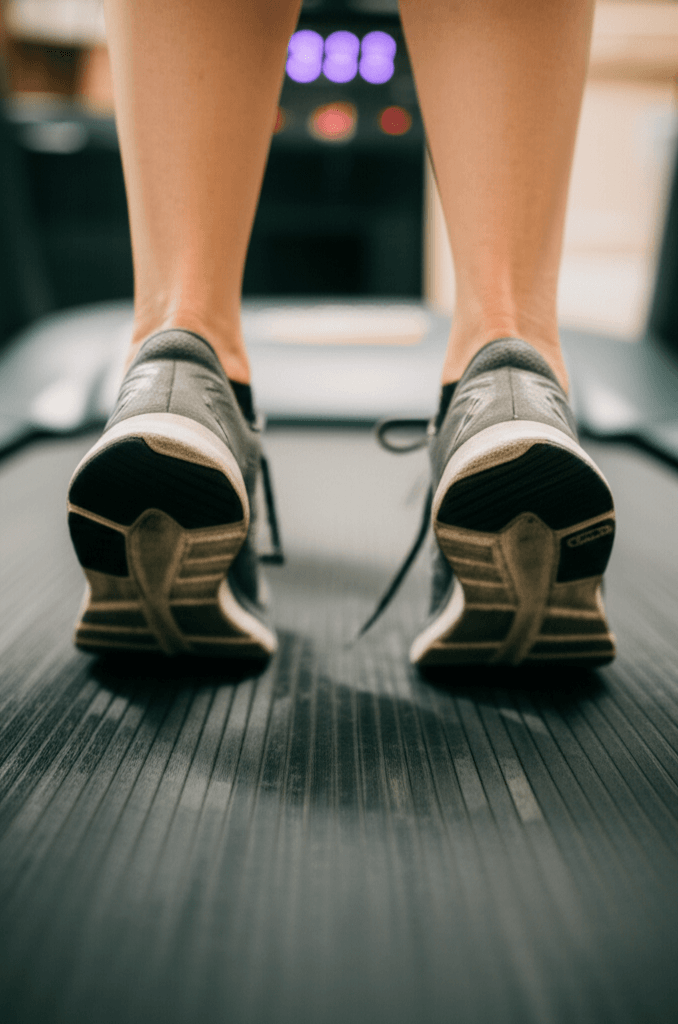
Expected Physical Changes: What I Hoped For
Based on the buzz around the 12-3-30 method, my primary expectations for physical changes included:
Improved Cardiovascular Health
Incline walking is a potent form of cardio that significantly elevates heart rate, improving cardiovascular endurance and overall heart health. I anticipated feeling less winded during everyday activities and seeing an improvement in my stamina.
Enhanced Calorie Burn and Potential Fat Loss
Walking on an incline burns considerably more calories than walking on a flat surface due to the increased effort. While diet plays a crucial role in weight loss, I hoped this consistent calorie expenditure would contribute to fat loss, particularly given Giraldo’s own claims. Studies confirm that while running burns calories faster, 12-3-30 uses a higher percentage of fat as fuel.
Stronger Lower Body Muscles
The steep incline actively engages the posterior chain muscles: glutes, hamstrings, and calves. I expected to see increased strength and definition in these areas. It also helps build hip strength and stability.
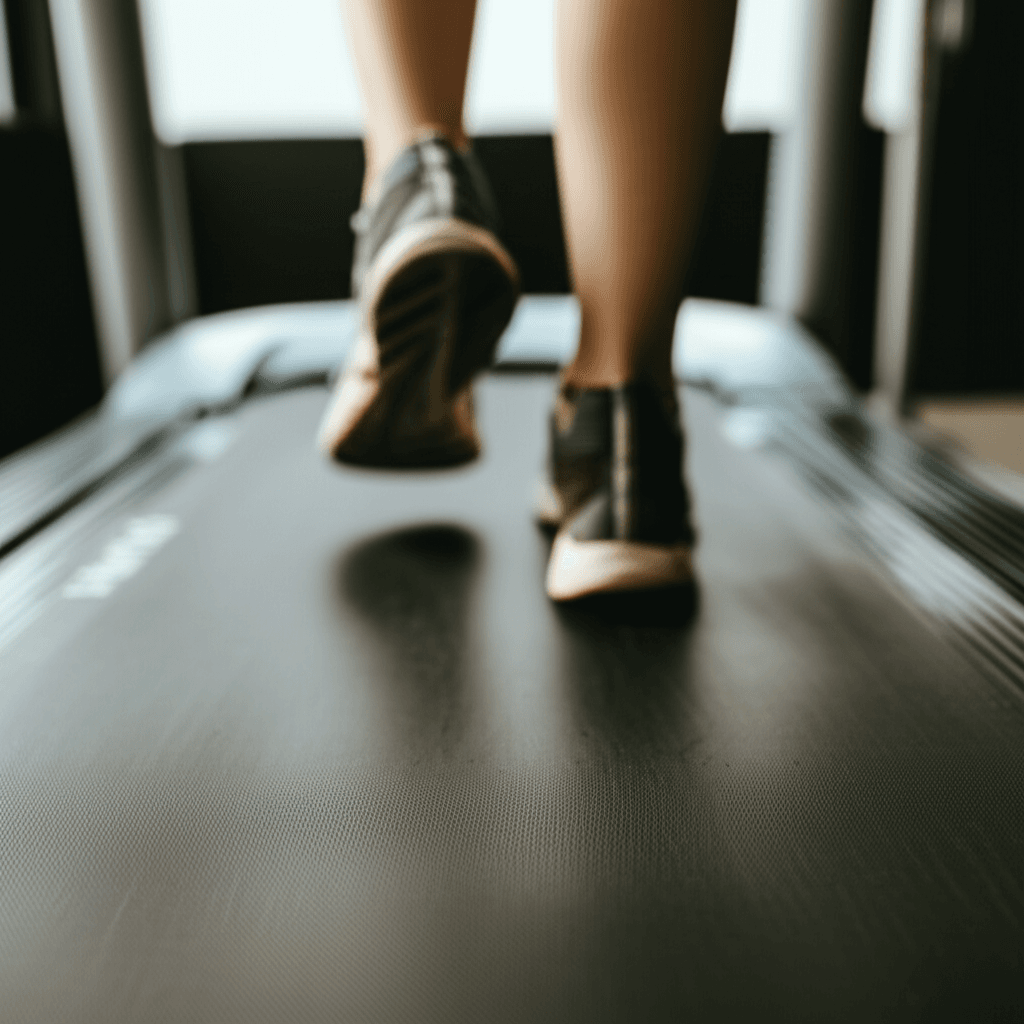
Unexpected Transformations: The Real Game-Changers
While the expected physical changes did materialize to varying degrees – my cardiovascular endurance improved noticeably, my glutes felt firmer, and I definitely burned more calories consistently – it was the unexpected changes that truly surprised and delighted me.
Boosted Mental Clarity and Mood
Perhaps the most profound impact of the 12-3-30 workout was on my mental well-being. The consistent, rhythmic motion of incline walking became a form of moving meditation. I found that 30 minutes on the treadmill allowed me to clear my head, process thoughts, or simply de-stress from the day. Many users report that “movement is the best medicine,” and I certainly felt a consistent lift in my mood and a reduction in daily anxiety. It was a dedicated block of time where I could tune out the world, which became incredibly valuable.
Unwavering Consistency and Motivation
One of the biggest struggles in any fitness journey is consistency. The simplicity of the 12-3-30 workout was its secret weapon. There was no complex choreography, no heavy weights to worry about, and no need to plan intricate routines. This minimal barrier to entry made it incredibly easy to show up day after day. Knowing exactly what to do and for how long removed decision fatigue, fostering a level of adherence I hadn’t consistently achieved with other workouts. This consistent effort, even if seemingly modest, delivered accumulating benefits.
Increased Energy Levels
Despite the initial exertion, I noticed a significant increase in my baseline energy throughout the day. Instead of feeling drained, these 30-minute sessions seemed to invigorate me, leading to better focus and productivity. This is likely due to the improved cardiovascular health and overall circulation that consistent moderate-intensity exercise provides.
Improved Sleep Quality
As the weeks progressed, I found myself sleeping more soundly and waking up feeling more refreshed. While not directly a claim of the trend, regular physical activity, especially moderate cardio like incline walking, is known to improve sleep patterns. The combination of physical exertion and mental decompression from the workout seemed to create an ideal environment for restorative sleep.
Enhanced Body Awareness and Posture
Maintaining the 12% incline requires active engagement of the core and attention to posture to avoid strain on the lower back. Over the month, I became more attuned to my body’s alignment and found myself naturally adopting better posture even off the treadmill. This awareness likely contributed to preventing the lower back issues some experts warn about if core muscles aren’t strong enough.

My Takeaway: Beyond the Hype, Consistency Reigns
After a month of dedicated 12-3-30 workouts, I can confidently say that this viral TikTok trend is far more than just social media hype. While it may not be the only workout you need for a well-rounded fitness regimen (experts recommend incorporating strength training and varying intensity), it is an incredibly effective tool for cardiovascular health, lower body strengthening, and, most surprisingly, mental well-being.
The changes I experienced went beyond the superficial. While I appreciated the physical benefits, it was the unexpected mental clarity, consistent motivation, increased energy, and improved sleep that truly transformed my daily life. The 12-3-30 workout taught me that consistency, accessibility, and listening to your body are paramount, regardless of how trendy a workout might be.
If you’re looking for a low-impact, time-efficient, and deceptively challenging cardio workout that can fit into almost any schedule, the 12-3-30 method is definitely worth trying. Just remember to start with a warm-up, listen to your body, and don’t be afraid to adjust the incline, speed, or duration to your current fitness level, gradually progressing as you get stronger. The best workout, after all, is the one you’ll actually do and stick with.





